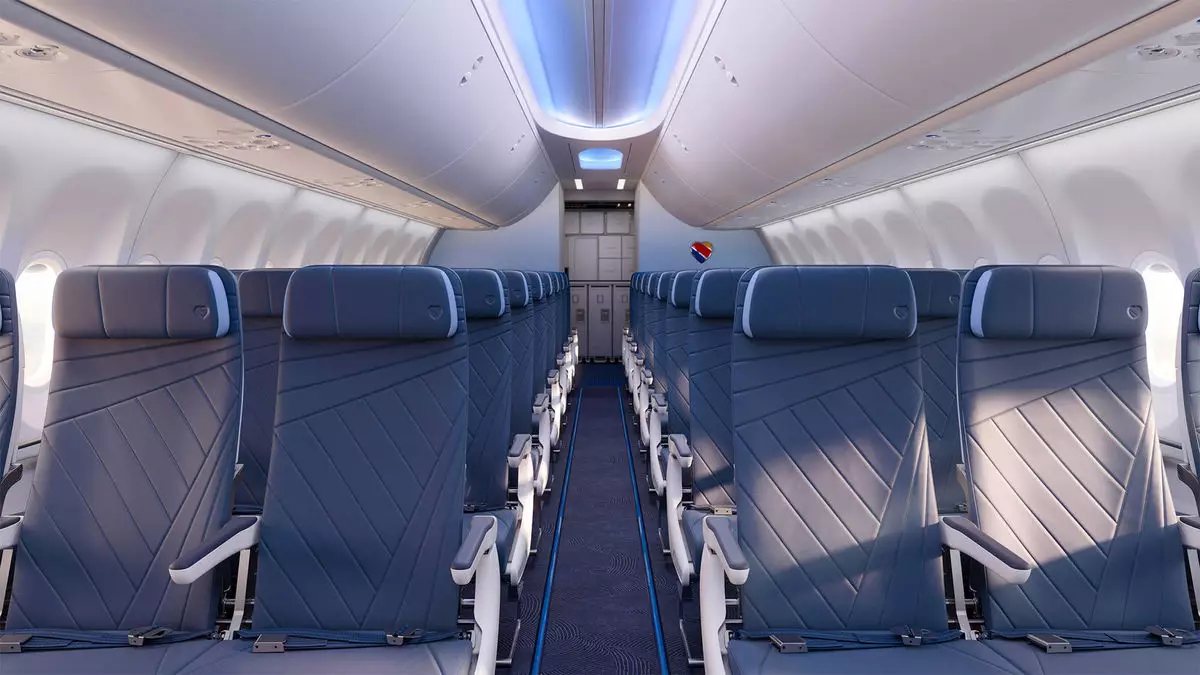Southwest Airlines, known for its open-boarding policy and unique approach to air travel, is set to implement significant changes that will alter the way passengers experience the airline. By introducing assigned seating and redesigning cabin layouts to include extra-legroom seats, Southwest is making a bold move to cater to the changing preferences of customers and improve its financial performance.
Southwest’s decision to move away from open boarding and introduce assigned seating marks a shift in the company’s long-standing model. CEO Bob Jordan acknowledges that while open seating has been a part of Southwest’s identity since its inception, the research conducted by the airline indicates that this change is necessary. Over 80% of current customers and 86% of potential customers prefer assigned seating, highlighting the need for Southwest to evolve to meet customer expectations.
Southwest’s move towards assigned seating and premium seating options is driven by the airline’s underperformance financially compared to its competitors, particularly United and Delta. A consumer shift towards premium seats post-pandemic has impacted Southwest’s revenue, prompting the need for strategic changes. Activist investment firm Elliott Management’s significant stake in the company has also put pressure on Southwest to reevaluate its commercial strategies.
In addition to assigned seating, Southwest will redesign its cabins to offer extra-legroom seats that will make up a significant portion of all seats. This redesign is aimed at enhancing the overall customer experience and attracting a broader range of passengers. By providing premium seating options, Southwest hopes to appeal to a wider audience and increase customer loyalty.
Apart from the changes to seating arrangements, Southwest has announced plans to launch red-eye flights starting on Valentine’s Day 2025. The initial routes include popular destinations such as Las Vegas, Orlando, Los Angeles, Nashville, and Phoenix. This expansion into overnight flights is part of a larger transformation towards a 24-hour operation, allowing Southwest to increase capacity without additional expenditures on aircraft.
To support these new commercial initiatives and the overall transformation of the airline, Southwest has appointed a new executive vice president of transformation, Ryan Green. This restructuring of leadership aims to drive innovation and adaptability within the company to meet the evolving needs of passengers and the competitive aviation industry.
Southwest Airlines’ decision to implement assigned seating, redesign cabin layouts, and introduce red-eye flights represents a significant shift in the company’s strategy. By listening to customer feedback and adapting to changing market dynamics, Southwest is positioning itself for growth and success in the airline industry. This transformation signifies a new chapter for Southwest Airlines and demonstrates the company’s commitment to meeting the needs of its passengers in a dynamic and competitive market.

